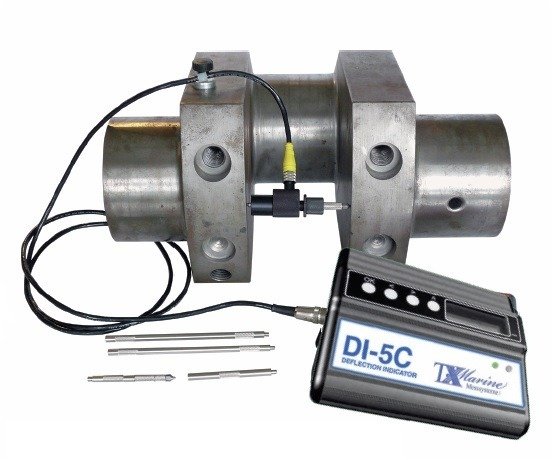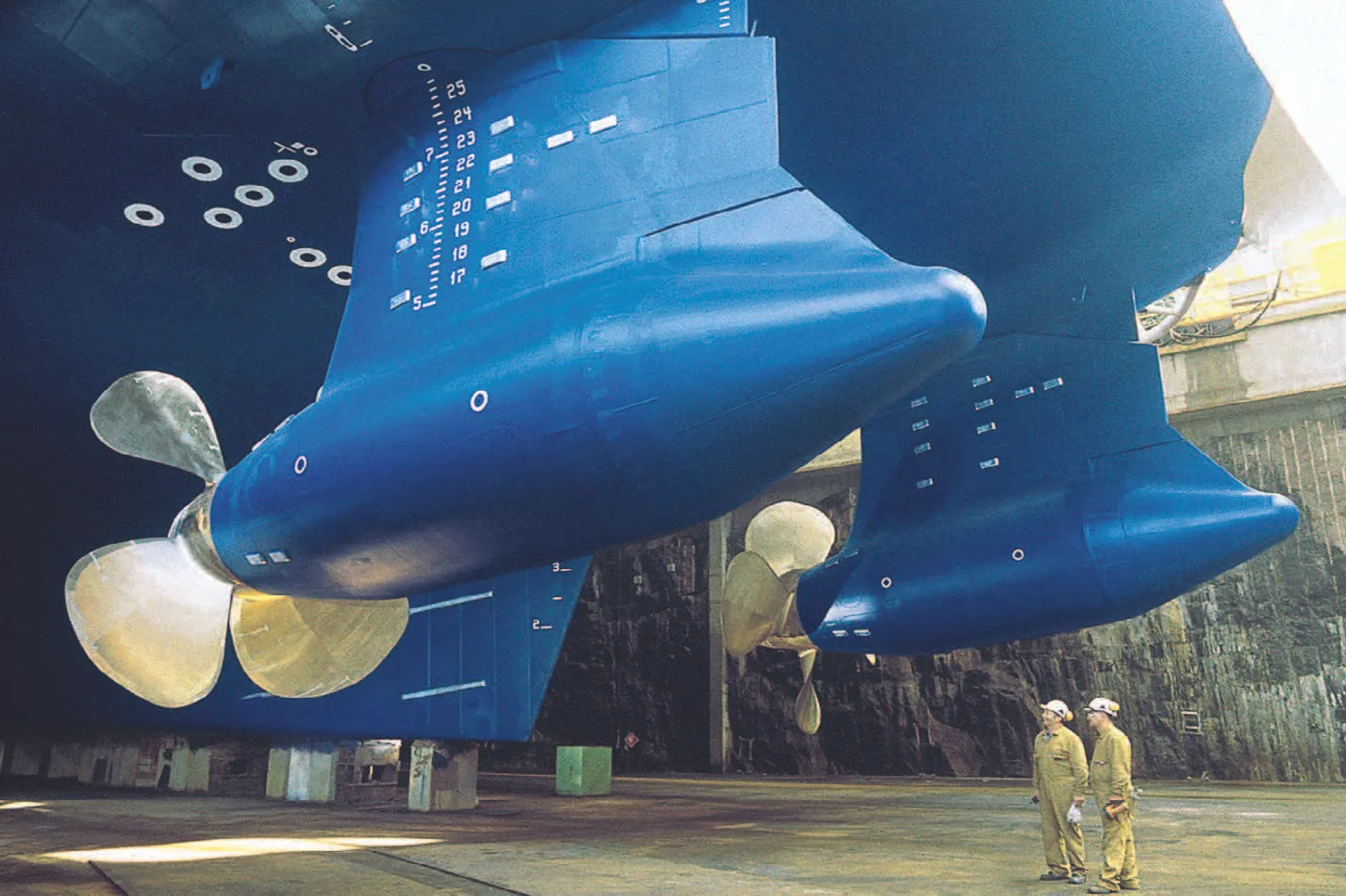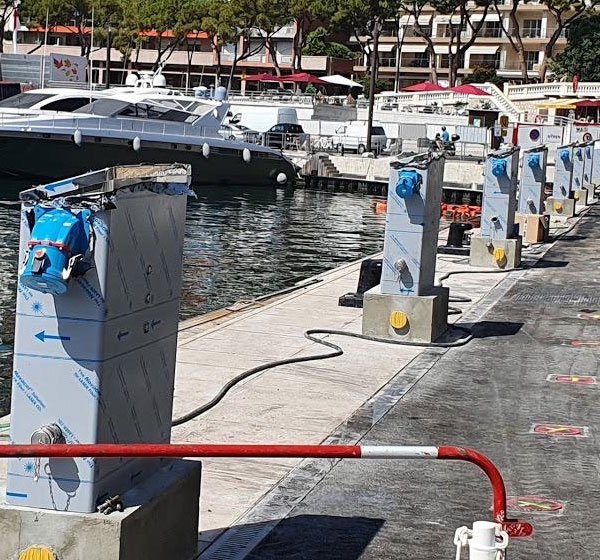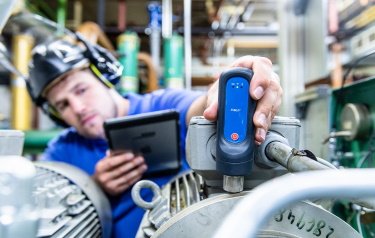
Contents
- Introduction
- Definition of Camshaft Deflection
- Causes of Camshaft Deflection
- Importance of Monitoring Camshaft Deflection
- Maximum Deflection Figures by Manufacturers
- Measurement Frequency
- Measurement Process
- Tools Used for Measuring Camshaft Deflection
- Conclusion
1. Introduction
Camshaft deflection is a critical parameter in marine engines, reflecting the alignment and condition of the camshaft within the engine. Monitoring and managing camshaft deflection is essential for the reliable and efficient operation of marine engines.
2. Definition of Camshaft Deflection
Camshaft deflection refers to the bending or misalignment of the camshaft from its ideal position. This deflection can result from various factors, including mechanical stresses, thermal expansion, and wear over time. Excessive deflection can lead to uneven wear, inefficient engine operation, and potential mechanical failure.
3. Causes of Camshaft Deflection
- Mechanical Stresses: Forces exerted by valve springs, camshaft bearings, and engine operation.
- Thermal Expansion: Uneven heating of the camshaft due to temperature gradients within the engine.
- Wear and Tear: Gradual deterioration of camshaft bearings and supports.
- Improper Installation: Misalignment during assembly or maintenance procedures.
4. Importance of Monitoring Camshaft Deflection
- Prevent Engine Damage: Excessive deflection can cause abnormal wear and potential failure of engine components.
- Maintain Engine Efficiency: Proper alignment ensures optimal valve timing and engine performance.
- Safety: Prevents catastrophic failures that could lead to accidents or costly repairs.
5. Maximum Deflection Figures by Manufacturers
Each marine engine manufacturer specifies allowable camshaft deflection limits for their engines. These limits are critical for ensuring the safe and efficient operation of the engine. Here are some examples:
- MAN Energy Solutions: Typically around 0.03 to 0.10 mm, depending on the engine model.
- Wärtsilä: Generally specifies a maximum deflection of 0.05 to 0.15 mm.
- Caterpillar Marine: Maximum deflection figures range from 0.05 to 0.12 mm.
- Rolls-Royce Marine: Acceptable deflection limits are usually between 0.04 to 0.10 mm.
- MTU (a Rolls-Royce Power Systems brand): Specified maximum deflection around 0.05 to 0.08 mm.
6. Measurement Frequency
- Regular Maintenance Intervals: Typically measured during routine maintenance checks, which can vary from quarterly to annually depending on the engine’s operational schedule and manufacturer’s recommendations.
- Post-Overhaul: Immediately after major overhauls or repairs involving the camshaft or related components.
- Condition Monitoring: More frequent checks if symptoms of camshaft misalignment are observed, such as unusual engine vibrations or abnormal wear patterns.
7. Measurement Process
- Preparation: Engine should be cooled down and in a safe state for inspection. Remove any covers or obstructions to access the camshaft.
- Set Up Dial Indicator: Position the dial indicator at various points along the camshaft, typically at the centre and near the bearings.
- Rotate the Camshaft: Manually rotate the camshaft to measure the runout at each point.
- Record Readings: Take multiple readings at different positions and record the deflection values.
- Compare with Specifications: Compare the measured deflection values with the manufacturer’s specified limits.
8. Tools Used for Measuring Camshaft Deflection
- Dial Indicator: A precision instrument used to measure small distances or angles. It provides accurate readings of deflection.
- Technical Details: Typically has a measurement range of 0-10 mm with an accuracy of 0.01 mm.
9. Conclusion
Monitoring camshaft deflection is crucial for maintaining the health and performance of marine engines. Regular measurement using a dial indicator can help detect early signs of misalignment or wear, allowing for timely maintenance and preventing more severe issues. Adhering to manufacturers’ specifications and measurement protocols ensures the longevity and reliability of the engine.
For more technical insights and marine engine maintenance tips, visit maritimehub.com.




